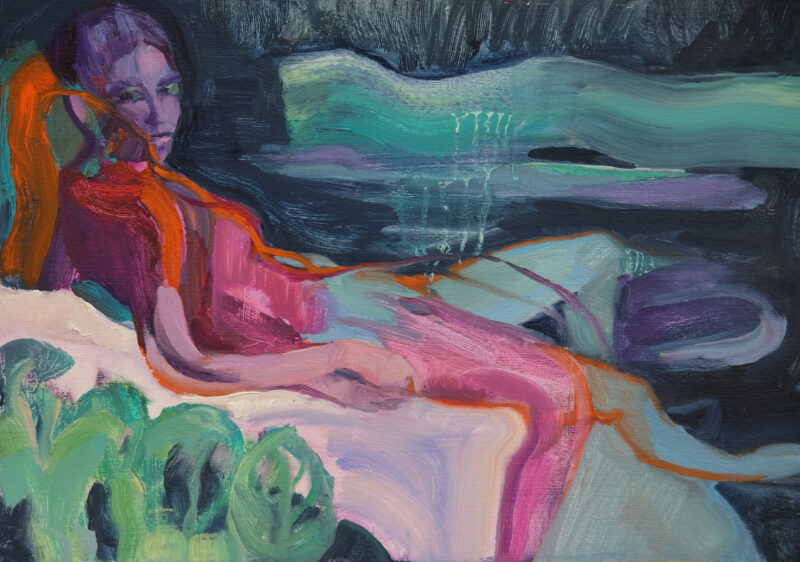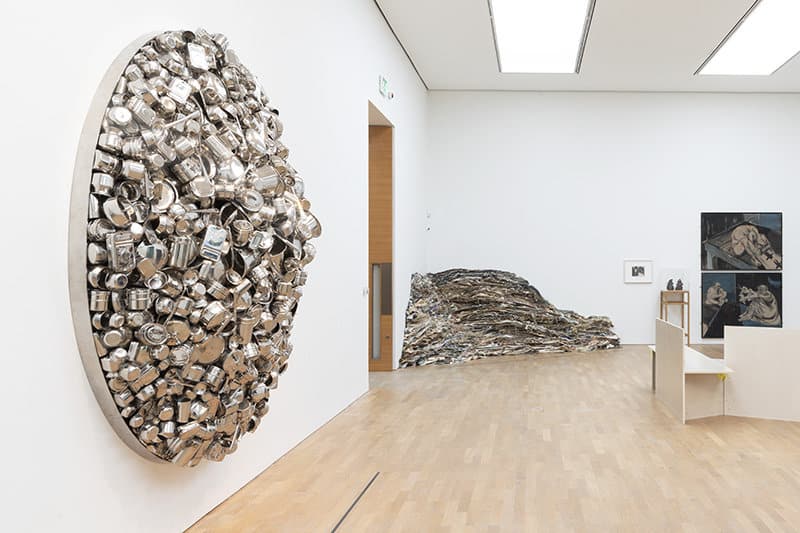Tabish Khan loves art and visits hundreds of exhibitions a year. But every now and then he comes across something in the art world that doesn’t make sense.
In the last edition of this column I bemoaned the lack of negative reviews, with a lack of bravery within the field of art writers. This struck a chord with quite a few FAD readers but even the word ‘review’ can be misleading and I explore this further in this article.
A review is meant to offer an independent opinion on the quality of an exhibition, but the word is bandied around quite loosely these days and it’s becoming harder to identify what are the opinions that can be trusted to offer and independent views.
Sometimes there are articles marked as ‘reviews’ which simply set out what the exhibition contains rather than offering an opinion – it’s misleading and ruins the reputation of genuine reviews. Other articles often regurgitate the press release and this ‘churnalism’ is becoming more common as publications have time pressures to generate content and it’s often easier when the words are there for you – after all what’s the point of hiring an expensive PR company to write a press release if those words don’t end up in print.
I hold nothing against these articles, after all they work well for previewing short run exhibitions or launch events. But if they are marked as a genuine opinion as to whether the exhibition will be any good this is misleading and damaging to a publication’s brand if they are simply buying into the hype generated by an artist or gallery’s PR.
Worse still are the opinion pieces that are clearly allied to the exhibition or the artist, but refuse to make it clear that this is the case. Now it’s impossible to always be impartial, after all aren’t I likely to favour artists I know and get along with? But when there’s a clear financial relationship involved, I think this is the red line that shouldn’t be crossed.
But this happens all the time as PR agency workers increasingly classify themselves as writers – this is fine as long as there’s no conflict of interest, but unfortunately the self-policing of this is unclear at best and non-existent at worst.
So unfortunately we’re now in a world where we have to study a recommendation to ensure it’s a ‘clean’ one but who has the time to do this? Ultimately I’m hoping that the voice of independent journalism will rise above these conflicts, but then maybe I’m being too optimistic?
For more in this series, see the bad reviews are bad for business, $179m dollar headline, art fairs appealing to the masses, false opening hours, size matters and what’s wrong with video art.







